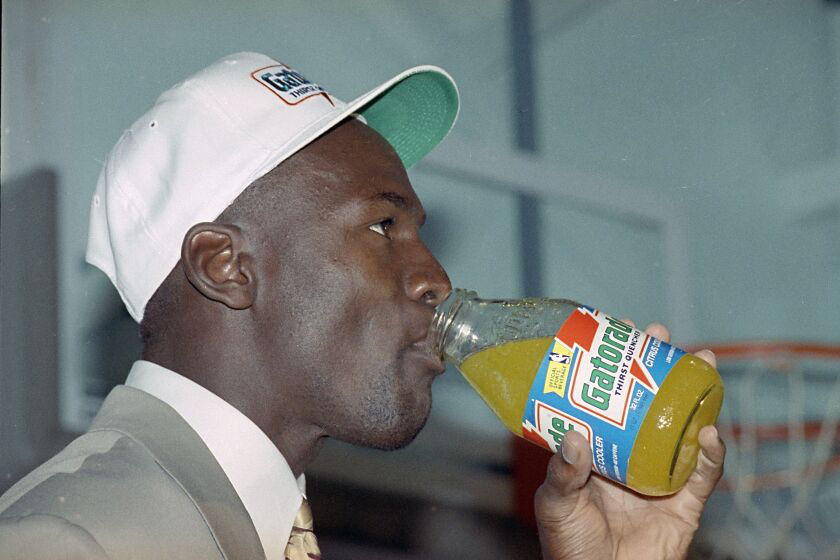
When Ira Antelis co-wrote the iconic “Be Like Mike” jingle for Gatorade in the early 1990s, he had no idea that it would transcend time and become a part of American pop culture. “As you age in life, you have different perspectives,” Antelis reflected, explaining how the song’s significance has evolved for him personally. “So when the jingle came out in ’91 or ’92, I was really striving to do it for my career and to achieve things and it really helped solidify some things that I was doing.” At the time, Antelis and his partner Steve Shafer were working hard to make their mark in the advertising music world, and this project did just that. “It put me and my partner Steve Shafer on the map and now you know, thirty years later it has a whole different life and I just sort of enjoy the moment.” From viral resurgences on TikTok to retrospective features, the jingle has found new life across generations, something Antelis finds both surreal and gratifying.
How a Disney Deal Fell Apart—and a Jingle Was Born
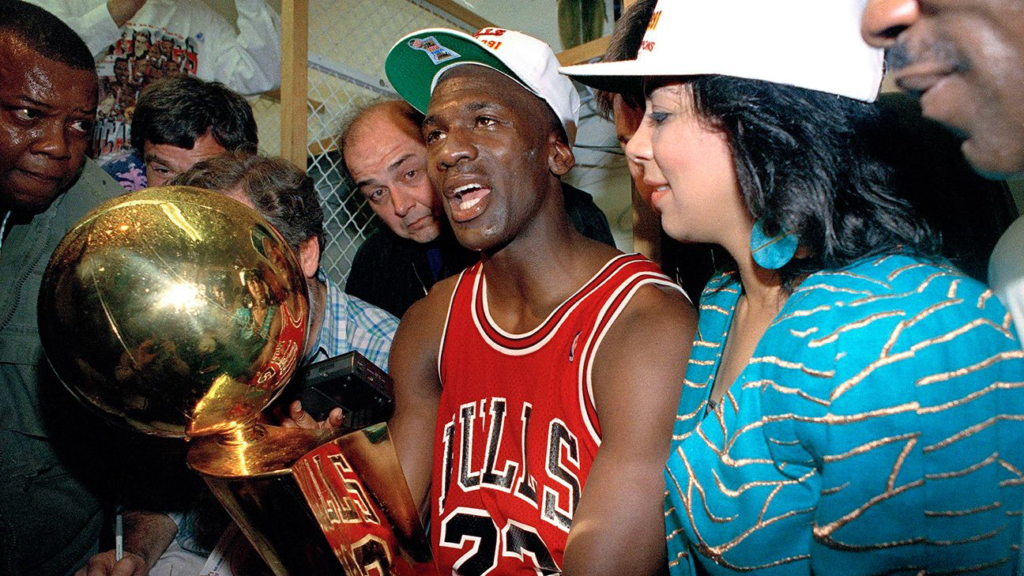
The origin of “Be Like Mike” is a story of last-minute creativity and unexpected opportunity. Originally, Gatorade intended to license the Disney classic “I Wanna Be Like You” from The Jungle Book. But as Antelis recalled, “At the last minute Disney raised the price and they’re like, ‘Give us $350,000 for five weeks to use the song.’” Gatorade declined. That Thursday, Antelis got the call: a brand-new jingle had to be written and produced in time for a Monday broadcast. “And we wrote it and the rest is sort of like history because it really took off,” he said. In just a few days, they created one of the most beloved commercial jingles of all time, one that would not only resonate with millions but also align with the rise of Michael Jordan’s global superstardom.
Paul Simon Meets Michael Jordan: Crafting the Iconic Tune
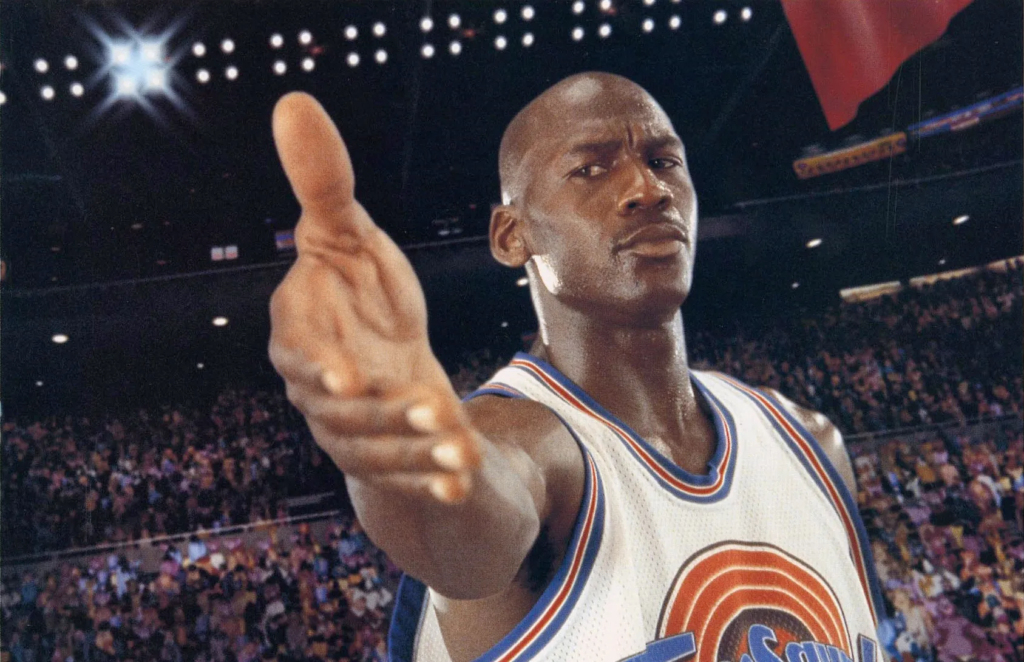
When asked how the jingle came together musically, Antelis shared a peek into the creative process behind the scenes. “Bernie Pitzel, who was the Creative Director of the agency, literally walked into my office… he had literally typed the lyrics out on a piece of paper and it was a competition.” Antelis was confident in his team’s ability to deliver something special. He and Shafer found inspiration in the music of Paul Simon, specifically the South African rhythms in Graceland and Rhythm of the Saints. “We’re like, ‘Let’s be in that world,’” Antelis said of the sound they were going for. With infectious melodies, a bouncy groove, and catchy vocals, they quickly put the pieces together. “I knew it had to be infectious and I knew people would have to know how to sing it,” he emphasized. “And obviously anything Michael Jordan touches…the rest is history.”
The Jingle That Put Chicago on the Map
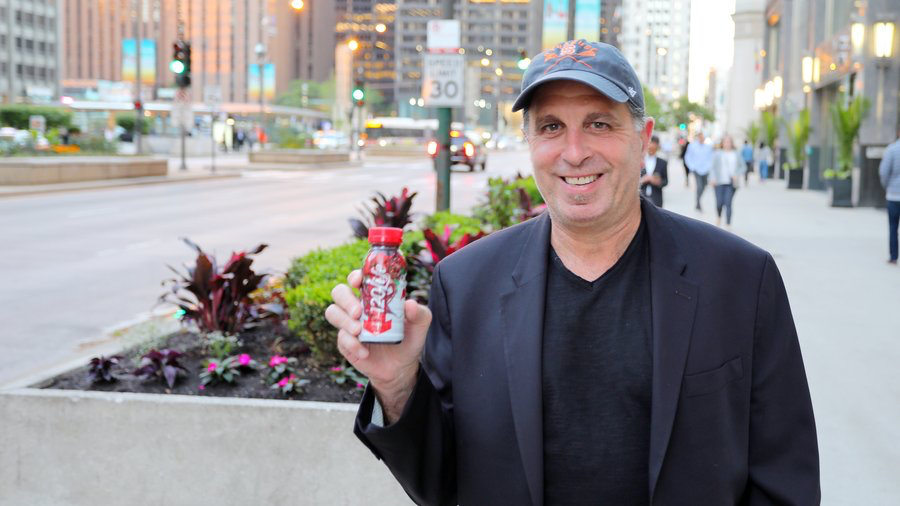
Although Antelis has composed music for a wide variety of brands, “Be Like Mike” remains his most enduring work. Its legacy was further solidified by the ESPN documentary The Last Dance, which reintroduced Jordan to a new generation of fans. “I like to think that this stood the test of time,” Antelis said. Despite the temptation to call it his best work, he remains humble about the song’s place in his extensive portfolio. “I’ve written a lot of music and I’m happy that people sing it and remember it.” Still, he remembers the chaos and excitement that followed the jingle’s debut. “The phone lit up. It just never stopped. They were like, ‘Who did that? We want THOSE guys!’”
A Near Encounter with Greatness
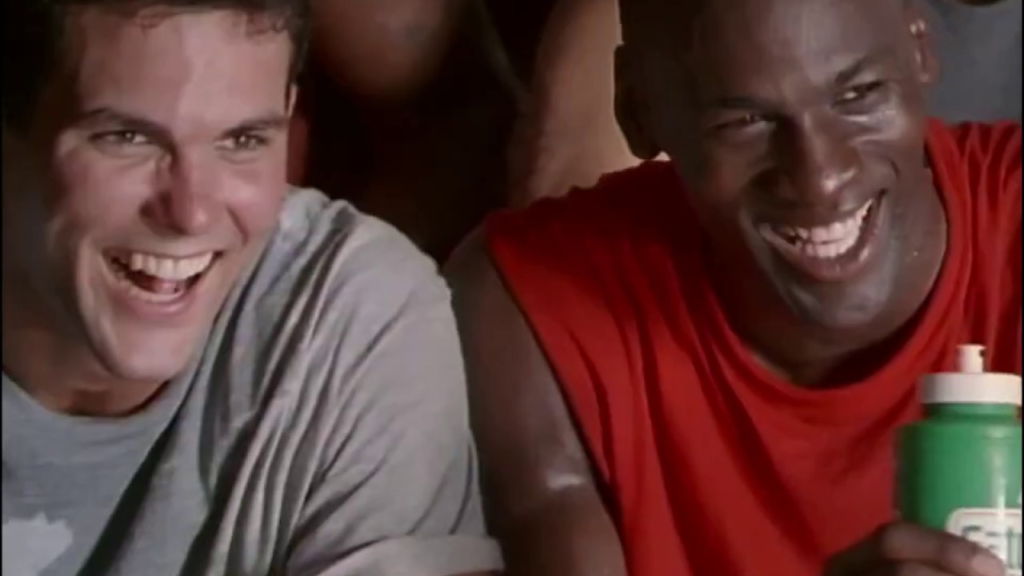
Though he never personally met Jordan, Antelis still remembers their paths briefly crossing. After the commercial aired, Gatorade held a private screening event at the Lakeshore Athletic Club in Chicago. “And I was in the same room with him but there were hundreds of people and didn’t want to walk up,” Antelis said. His assistant, who had met Jordan several times, let him know they were the team behind the music. “He really acknowledged that he really liked it, but I never met him in person,” Antelis shared. “I’d love to meet him, but he’s Michael Jordan.” That one degree of separation has remained, but the bond through music remains powerful.
Residuals, Gatorade, and Big Macs: Celebrating Success His Way

Money was never the primary motivator for Antelis, and when asked about his first check from the jingle, his memory is fuzzy. “You know what? I don’t even remember and it’s not like the fee for that commercial was any bigger than any of the other projects,” he said. What stood out more than the check was the impact and momentum that followed. “People would call and leave their information – once people found out we did it… that was like the biggest check to me.” The jingle led to further projects, including a theme song for the Chicago Bulls, which they performed at rallies after championship wins. “It all stemmed from ‘Be Like Mike.’” Antelis knew this was about more than a paycheck—it was about legacy.
When Recognition Meant More Than the Check
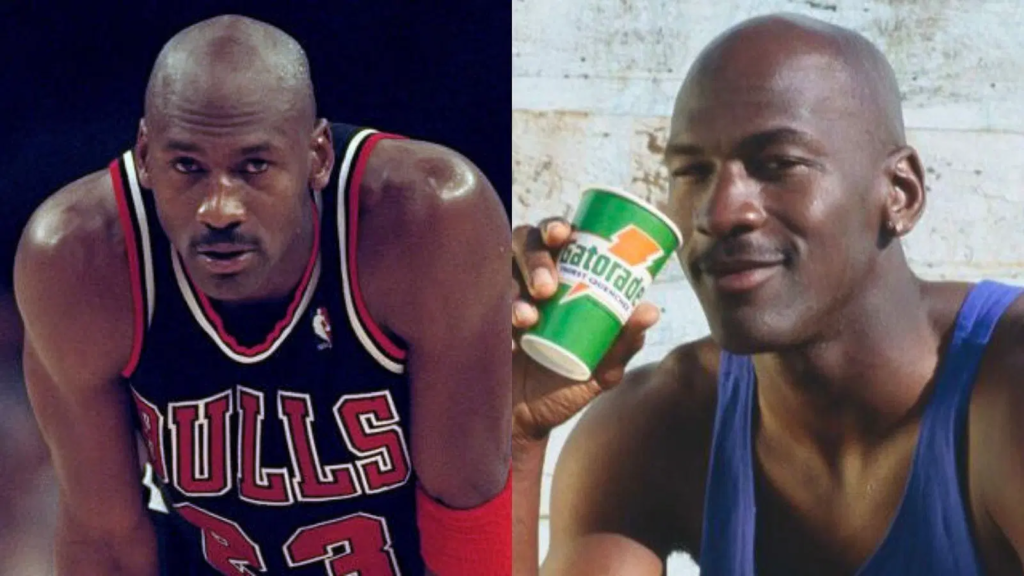
In the days before digital royalties and streamlined licensing, Antelis and his team relied on performance-based income. “If you sang on a commercial and it ran for a year, you could probably make $20-25,000 just off of that commercial,” he explained. “If you played the guitar on that same commercial, maybe you’d make $1,000.” To make it work financially, they made sure to sing on everything they wrote. Still, Antelis remembers one special ask after landing the Gatorade deal. “I said ok, ‘Now that I got the commercial, I want the vending machine in my office.’ Because I drank a lot of Gatorade,” he laughed. From free Gatorade to breaking his vegetarianism for a McDonald’s jingle win, Antelis celebrated success in his own unique way.
“Be Like Mike” Finds New Life in the Digital Era
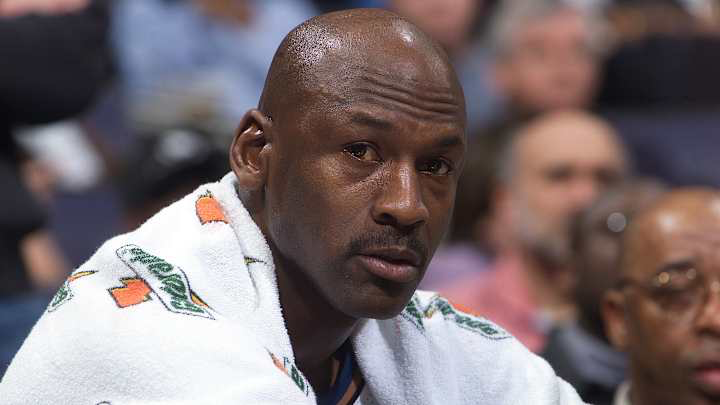
Even decades later, companies like ESPN continue to reach out to license the song. “They called and said that we want to use it since I wrote it,” he said, noting that he and Shafer had retained the rights. When Zion Williamson starred in a modern Gatorade campaign that reused the jingle, the agency reached out again to negotiate updated licensing for digital platforms. “They had to reach out and ask all the singers and musicians if we could pay you to use this on social media,” he explained. The renewed interest in the jingle not only kept Antelis busy but proved just how timeless “Be Like Mike” had become.
Reliving History Through The Last Dance
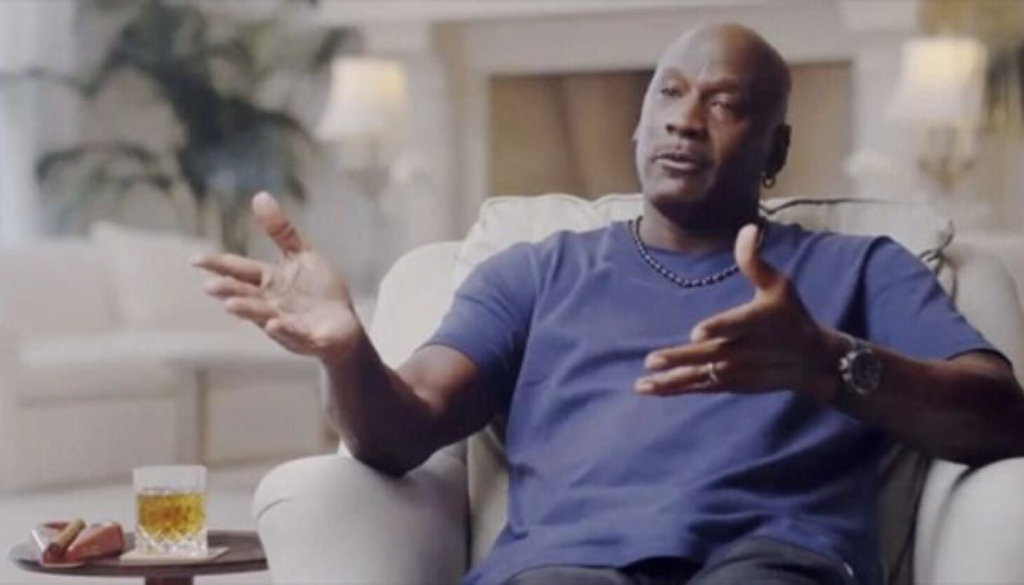
Watching The Last Dance was a deeply nostalgic experience for Antelis, reminding him of Jordan’s meteoric rise and the cultural wave he helped define. “In Chicago you just sort of eat up every piece of information,” Antelis said. He appreciated the early episodes for revealing parts of Jordan’s story he hadn’t known, especially his time at North Carolina and the Olympics. “As it got more into it, I had heard the stories and I had sort of known many of the things,” he added. For Antelis, the documentary reaffirmed just how unique a force Michael Jordan truly was—not just in sports but in the world of marketing and culture.
Michael Jordan: The Blueprint for Modern Athlete Branding
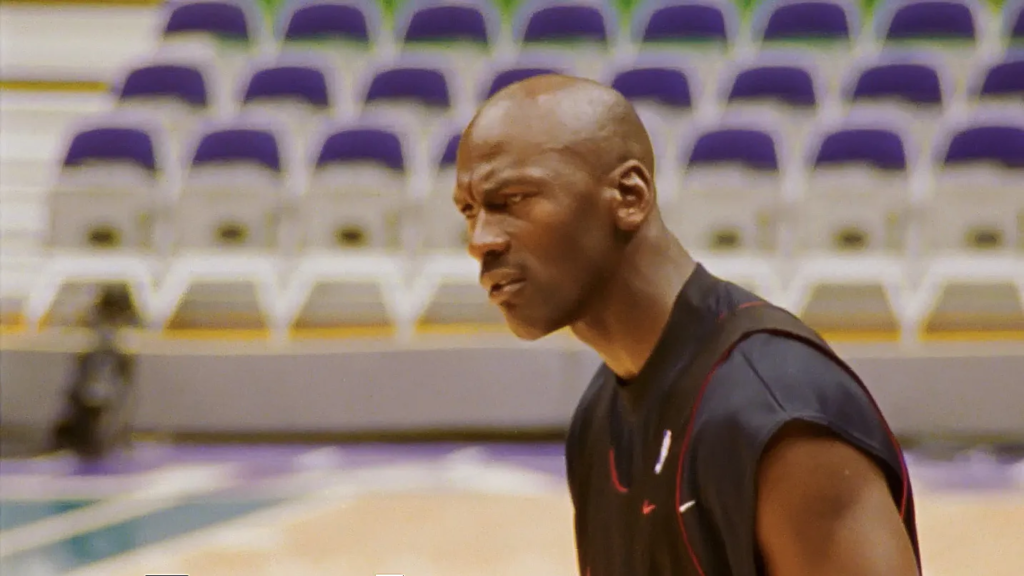
When asked if we’ll ever see another marketing force like Jordan, Antelis is skeptical. “He laid down the footprint of what it could be,” he said, referencing Jordan’s work with Gatorade, Hanes, and McDonald’s. “It wasn’t happening before.” Antelis believes Jordan opened the doors for modern superstars like Steph Curry and LeBron James to command the kinds of endorsement deals they do today. “The amount of money he made, and all of the things he did… he sort of catapulted marketing.” Though others have followed, none have matched the magic of the original. Thanks to Antelis, we’ll always have a soundtrack for the era when everyone just wanted to “Be Like Mike.”

